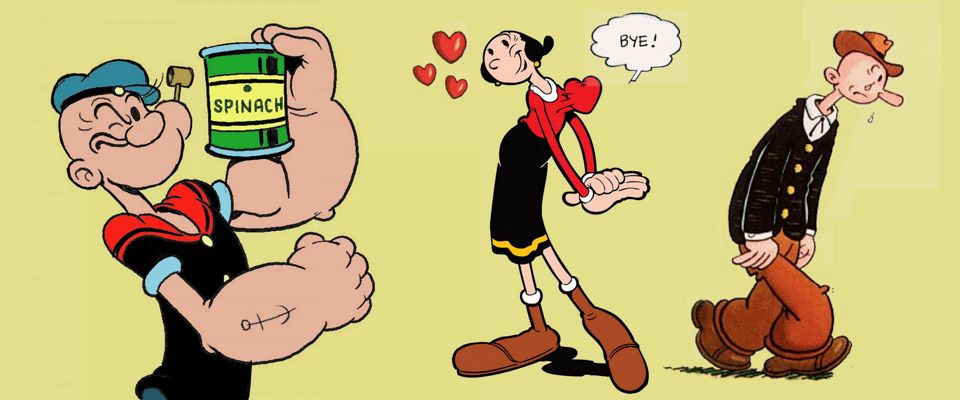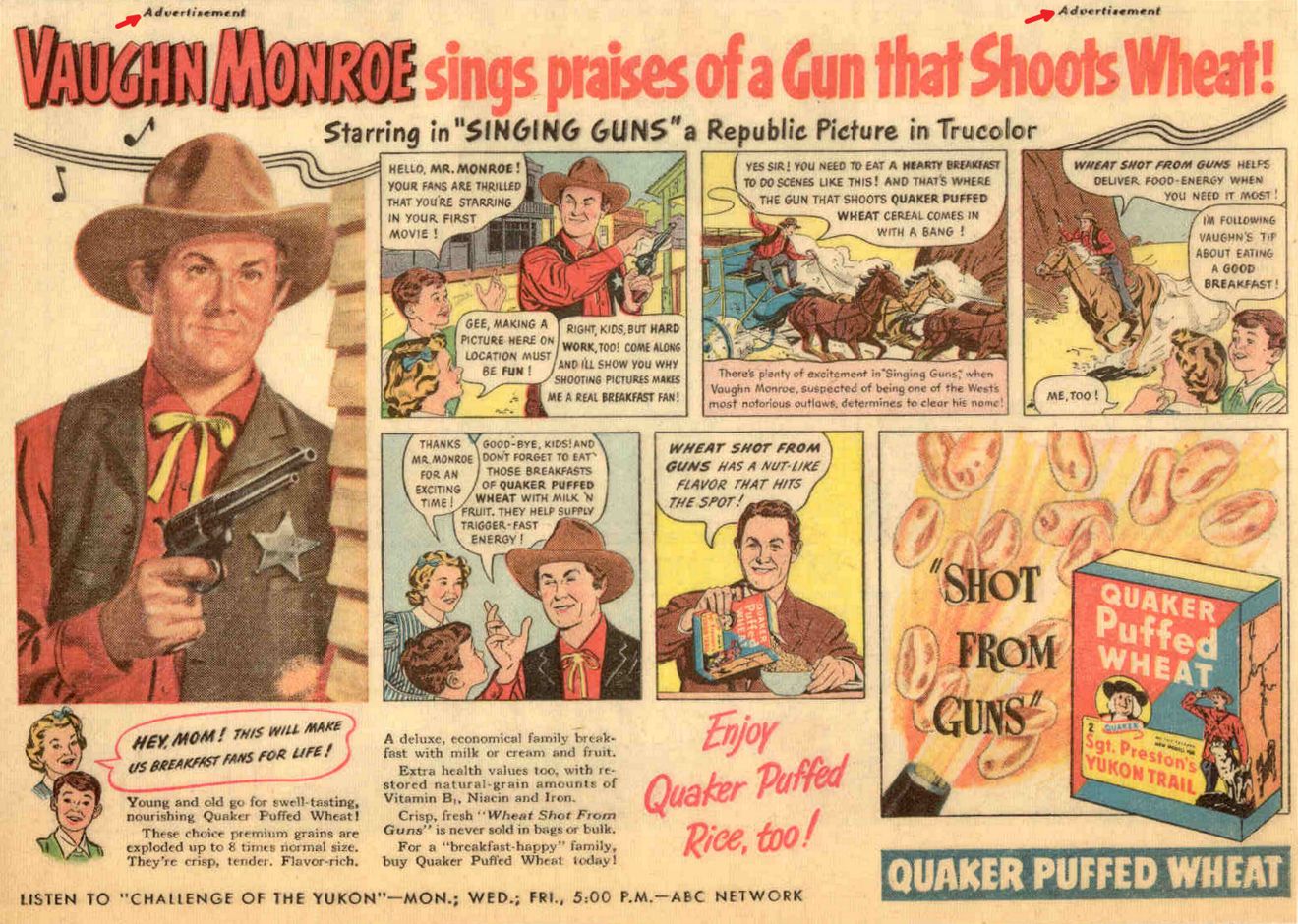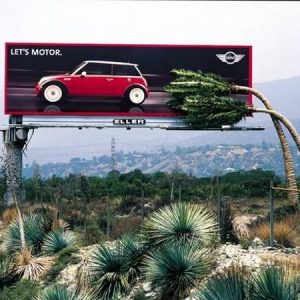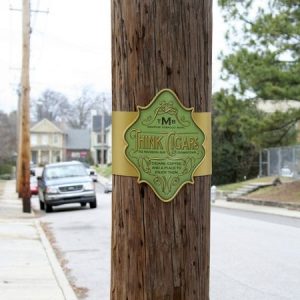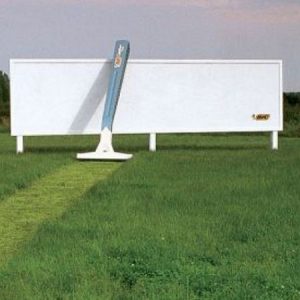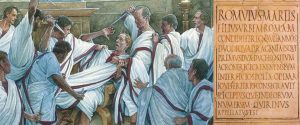Native advertising and branded content are similar to what happens to rum and Coca Cola, they are two totally different things but they combine divinely.
These are not new techniques, nor are they inherent to the online world; the first documented case dates back to 1885 and since then, or possibly earlier, they have been used alone or in combination in radio programmes, television programmes, outdoor advertising…
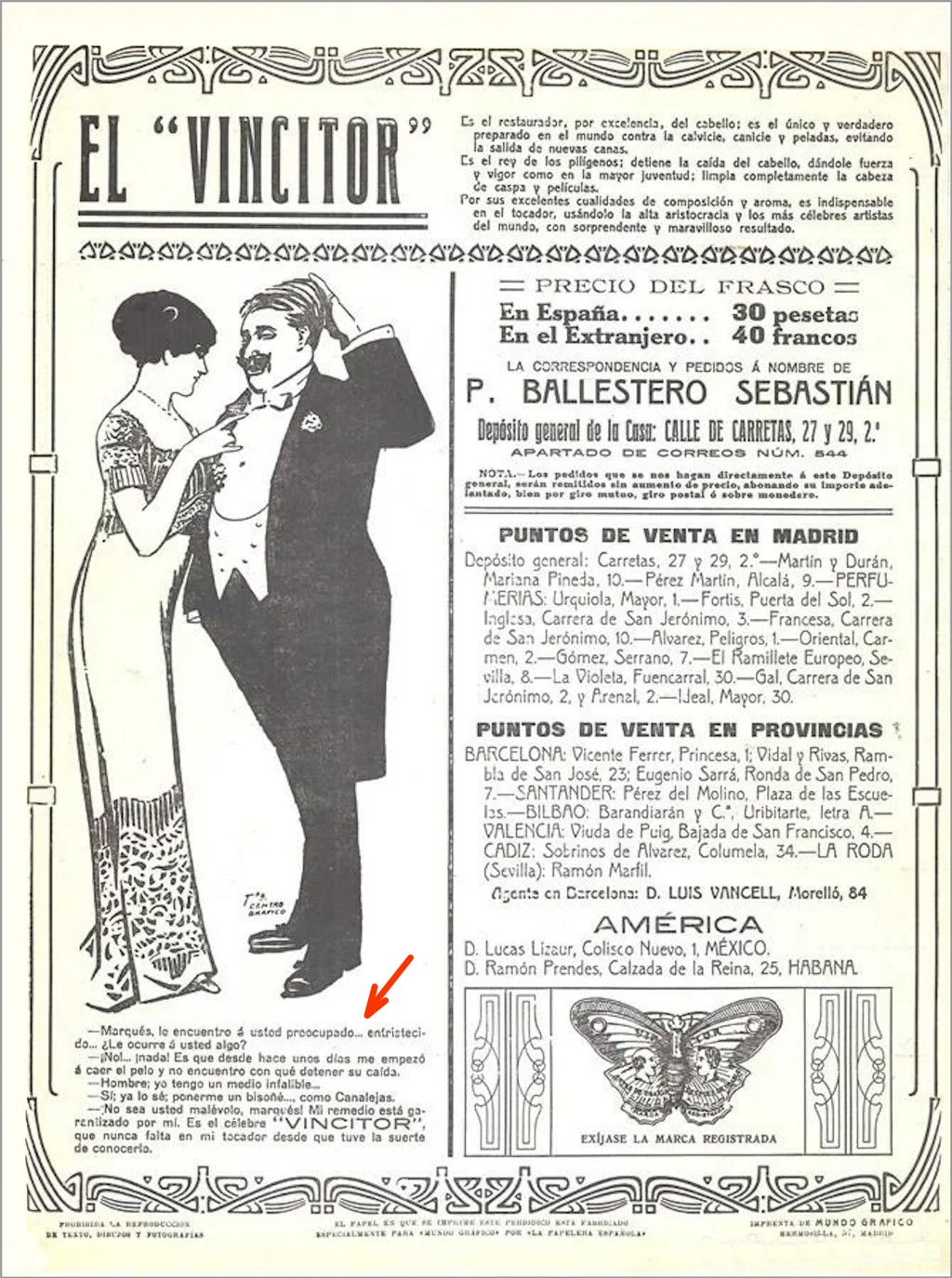 The case that would achieve the greatest diffusion and international projection dates from 1929, when the US Chamber of Spinach Producers reached an agreement with Elzie Crisler Segar to use his comic strip “Timble Theatre” as an advertising medium in a campaign aimed at increasing the consumption of spinach. To do so, they created a new character called Popeye who, after being shot, was saved by a magic chicken that gave him superpowers associated with eating spinach. The rest is well known to all, Popeye conquered the hearts of children and Olive, the protagonist of the comic strip created in 1919, relegating poor Ham Gravy, her lifelong boyfriend, to a secondary role (things happen) in what was destined to be one of the most successful comics and cartoon series on television.
The case that would achieve the greatest diffusion and international projection dates from 1929, when the US Chamber of Spinach Producers reached an agreement with Elzie Crisler Segar to use his comic strip “Timble Theatre” as an advertising medium in a campaign aimed at increasing the consumption of spinach. To do so, they created a new character called Popeye who, after being shot, was saved by a magic chicken that gave him superpowers associated with eating spinach. The rest is well known to all, Popeye conquered the hearts of children and Olive, the protagonist of the comic strip created in 1919, relegating poor Ham Gravy, her lifelong boyfriend, to a secondary role (things happen) in what was destined to be one of the most successful comics and cartoon series on television.
As far as the Internet and our days are concerned, among the multitude of cases we see every day, it is worth mentioning the Starbucks advert in The Onion. And this is mainly due to the combination of branded content with native advertising format, plus a clever PR strategy:
The Onion is a US newspaper specialising in satirical news. The Starbucks coffee company has, on occasion, been the subject of one of its parodies. Such was the case of the article “Opening of a new Starbucks in the bathroom of a Starbucks“; something similar to the jokes about Mercadona’s expansion policy.
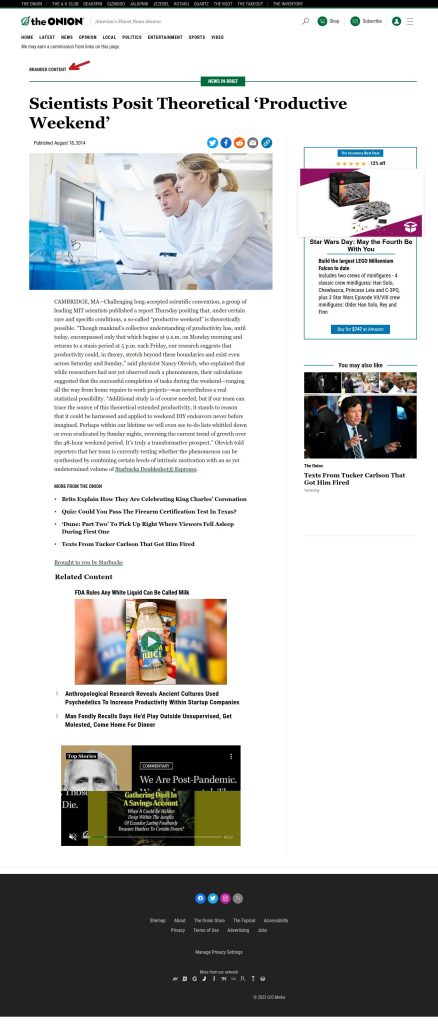 Quite possibly due to the impact of that satirical article and a positive assessment of how it influenced the brand image, Starbucks decided to emulate the newspaper’s editorial line with an advertisement (note that the publication is marked as “BRANDED CONTENT”). The article, called “Scientists suggest a productive weekend might be possible”, is a humorous take on a hypothetical productivity boost, focusing on the never-ending DIY household chores at the weekend.
Quite possibly due to the impact of that satirical article and a positive assessment of how it influenced the brand image, Starbucks decided to emulate the newspaper’s editorial line with an advertisement (note that the publication is marked as “BRANDED CONTENT”). The article, called “Scientists suggest a productive weekend might be possible”, is a humorous take on a hypothetical productivity boost, focusing on the never-ending DIY household chores at the weekend.
Moreover, this action was undoubtedly the best public relations strategy. The media takes care of their advertisers, especially those who respect their work and know how to deal with adversity with a smile.
In this way, we can conclude that native advertising is a technique that uses, at all times, the format that best suits the objectives pursued and the nature of the medium used to achieve them. Brand content, on the other hand, is just one of the many formats that native advertising can use.
Jaime Ávila Rodríguez de Mier
General Director of Recursos de Mercado
Published on 21 June 2022 by the magazine:
